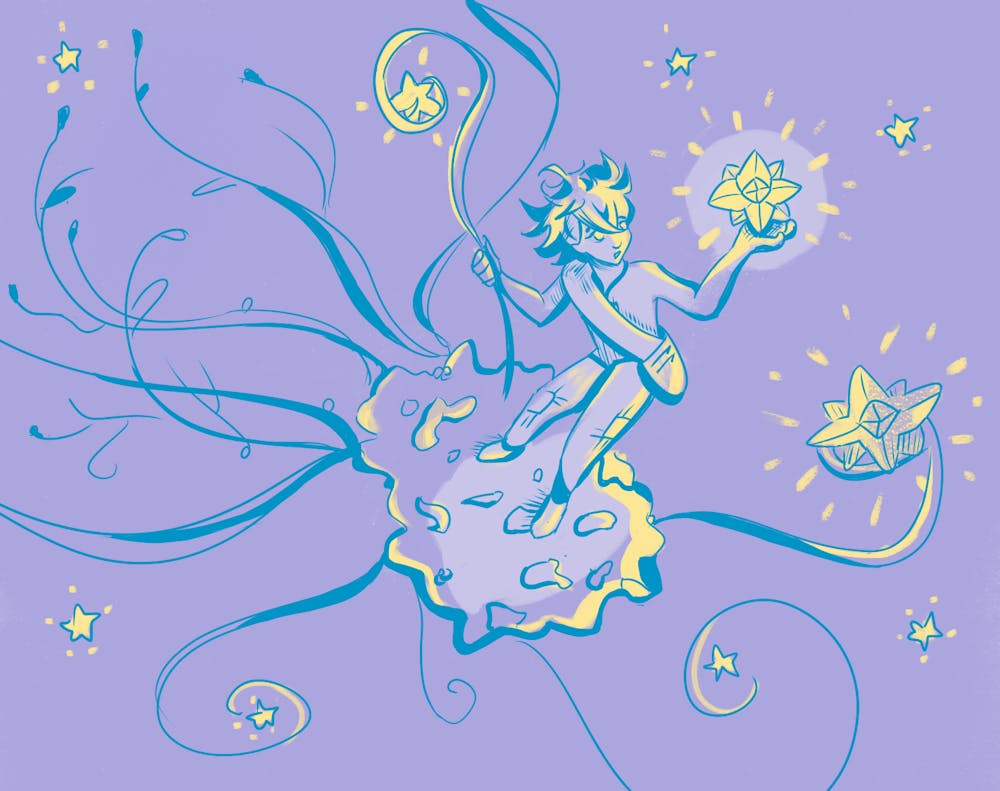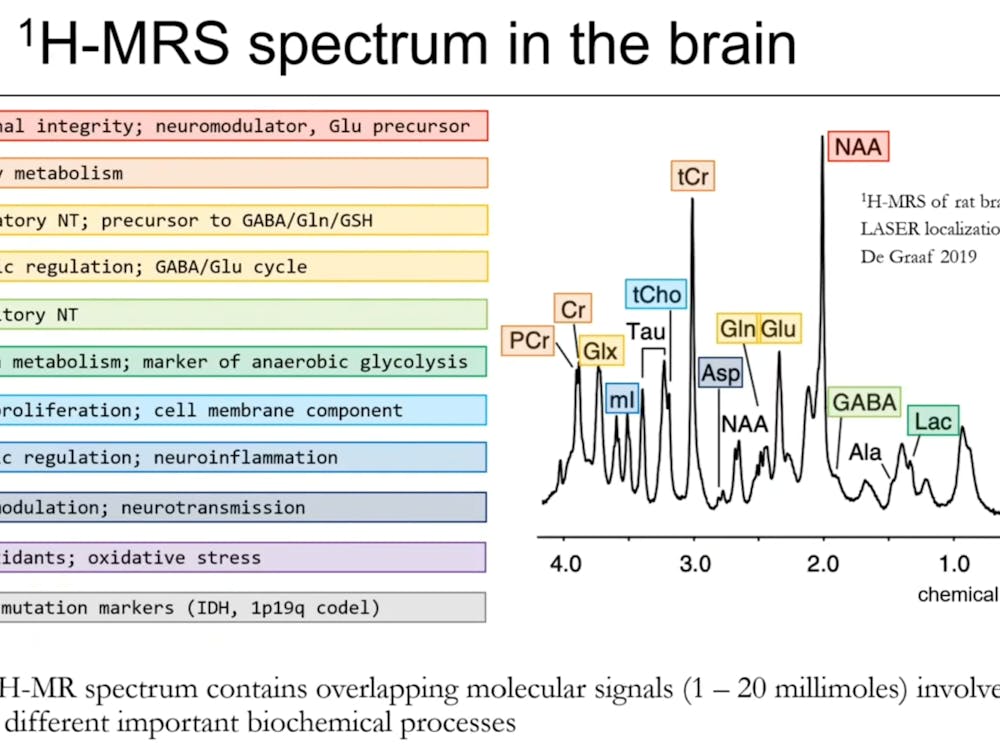"Who are you?" This question, in its many variations, is almost inevitable in school applications, job interviews or introspective moments. It’s deceptively challenging to answer as our self-identity results from accumulated experience in our lifetime. We spend years, perhaps our entire lives, unraveling the intricacies of who we are. But there exists another sense of self, of which many are unaware, that stands by 24/7 to protect us. It resides within us, a quiet but essential arbiter of identity: our immune system.
The immune system is the body’s vigilant sentinel, constantly patrolling our body and monitoring for foreign invaders. Its central ability is to distinguish "self" from "non-self." Our cells produce markers called self-antigens and present them at cell surfaces, which help the immune system identify what belongs to the body. They are like biological name tags. Through a process known as negative selection, immune cells that would target self-antigens are eliminated via apoptosis, which ensures they don’t attack the body’s tissues. This innate ability to recognize and preserve "self" while neutralizing threats is fundamental to our survival.
On the other hand, if the immune system detects a foreign antigen, it activates a cascade of defensive mechanisms to protect the body. The first line of defense is the innate immune system, which provides a rapid and nonspecific response to all types of pathogens. It induces inflammation and recruits specialized cells, such as antigen-presenting cells (APCs), which process foreign antigens and display them like warning flags for other immune cells to recognize.
These APCs activate the adaptive immune system, which can store memories of past invasions and evolve to launch more precise and efficient attacks over time. In this way, our immune system’s ability to defend itself accumulates over a lifetime, shaped by each pathogen it encounters. B cells produce antibodies that seek out and bind antigens, neutralizing or marking them for destruction. Meanwhile, T cells secrete chemicals that induce apoptosis in infected cells. The innate and adaptive systems allow the immune system to defend the body on different temporal and specificity levels. The immune system evolves and perfects itself, shaped by a lifetime of experience.
Our cognitive self shares many features with the immune self. At the cognitive level, the existential self is the first to emerge, which is the awareness that we are distinct entities from others. This mirrors the immune system’s earliest role — differentiating self from non-self. As we grow and learn, we begin to classify ourselves, shaping our identity through labels of gender, race, age, personality, and more. These labels help us define ourselves and influence how we interact with others, like how immune cells present antigen fragments as warning flags on cell surfaces and how memory B and T cells catalog past invaders. Similar to the immune self, the cognitive self is also dynamic and adaptive. Our past experiences inform our behavior and beliefs, and new experiences offers the potential to modify our thinking.
Both the immune self and the cognitive self show a remarkable ability to tolerate and appreciate nuance and subtlety. In the gut microbiome, our cells engage in symbiosis with countless bacteria. While the immune system initially recognizes new bacteria as foreign, it does not automatically label them as threats. Instead, if a bacterium proves beneficial, such as by producing a substance the human body cannot generate on its own, it is integrated rather than eliminated.
On a cognitive level, we navigate a similar process when encountering ideas that are different from our existing beliefs. Cognitive dissonance describes the discomfort we feel when faced with conflicting information. At first, resistance is natural. However, when we allow a new idea the opportunity to be genuinely considered, we may begin to recognize its value or credibility. If we rigidly reject unfamiliar perspectives that seem foreign at first glance, we risk intellectual stagnation, falling into fixed mindsets and reinforcing stereotypes. Confirmation bias leads one to seek out and accept only information that aligns with their preexisting beliefs, enclosing oneself in an echo chamber. Similarly, belief perseverance causes one to cling to their convictions even when confronted with clear, contradictory evidence.
The cognitive self and the immune self are both tasked with distinguishing between the self and nonself, between what should be preserved and what should be rejected. The dynamic nature of the two selves makes the construction of self-identity a lifelong and complicated process. Understanding the immune self brings a sense of reassurance — it mirrors, on a biological level, what we consciously do every day: distinguishing, adapting, and finding a balance between preservation and change. The answer to “Who are you?” is never fixed; it is a fluid, ever-evolving journey shaped by each new experience, every idea we embrace and the resilience we cultivate along the way.





